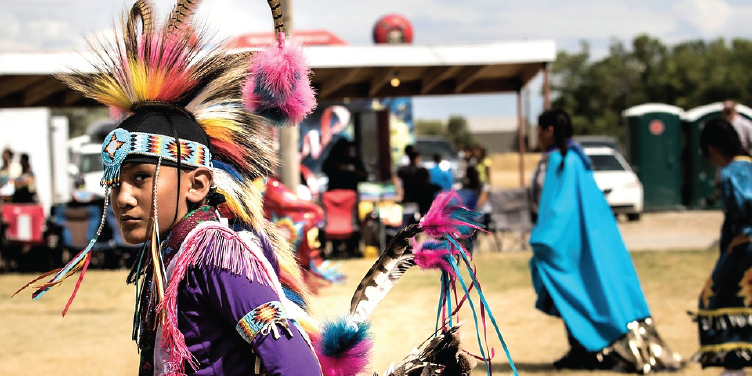Made Official by George H.W. Bush in 1990, November is National American Indian Heritage Month. Back in 1915, NAIHM started out as a May holiday proposed by Dr. Arthur C. Parker, a Seneca Indian, to recognize the contributions of the first Americans. Today, we celebrate Native American Heritage Month in November along with the Library of Congress, National Archives and Records Administration, National Endowment for the Humanities, National Gallery of Art, National Park Service, Smithsonian Institution and United States Holocaust Memorial Museum. To bring awareness to the important work these non-profits are doing across the nation that focus on helping and uplifting Native Americans and their communities in various ways, we've listed the following organizations below as a reference point.
Native Arts and Cultures Foundation
- “We work with American Indian, Native Hawaiian, and Alaska Native artists and communities to promote revitalization, appreciation, and perpetuation of Native arts and cultures across the United States.”
Xico
- “Our mission is to nourish a greater appreciation of the cultural and spiritual heritages of the Latino and Indigenous peoples of the Americas throughout the Arts.”
American Indian Association of Florida
- “The AIA seeks to provide a social and cultural awareness center representing all Indian tribes of the Western Hemisphere, provide assistance to Native Americans and the surrounding communities, promote respect for the elders and guidance for the young, support the preservation of wildlife and the environment, and to promote and preserve the AIA Orlando Powwow as a paramount educational and cultural event.”
Association of Indigenous Archives, Libraries, and Museums
- “ATALM is an international non-profit organization that maintains a network of support for indigenous programs, provides culturally relevant programming and services, encourages collaboration among tribal and non-tribal cultural institutions, and articulates contemporary issues related to developing and sustaining the cultural sovereignty of Native Nations.”
Women Empowering Women for Indian Nations
- “Women Empowering Women for Indian Nations (WEWIN) exists to provide Native women with the knowledge, support, and resources necessary to achieve success in their personal and professional lives.”
Native American Heritage Association
- “Started in 1993 by David G. Myers, Native American Heritage Association is dedicated to helping Native American families in need living on Reservations in South Dakota and Wyoming.
Redhawk Native American Arts Council
- “The Redhawk Native American Dancers are available to share Native American dance, music, art and history with audiences around the world.”
American Indian Business Leaders
- “The mission of AIBL is to increase the representation of American Indians and Alaska Natives in business and entrepreneurial ventures through education and leadership development opportunities.“
American Indian Higher Education Consortium
- “The American Indian Higher Education Consortium is the collective spirit and unifying voice of our nation's 36 Tribal Colleges and Universities (TCUs)—a unique community of tribally and federally chartered institutions working to strengthen tribal nations and make a lasting difference in the lives of American Indians and Alaska Natives.”
National Indian Child Care Association
- “The mission of the National Indian Child Care Association is to promote high quality culturally relevant child care and development and to unify tribes and tribal organizations by providing leadership, support and advocacy on behalf of American Indians, Alaska Natives, and Native Hawaiians.“
Native American Disability Law Center
- “The Law Center's mission is to advocate so that the rights of Native Americans with disabilities in the Four Corners area are enforced, strengthened and brought in harmony with their communities.”
Native American Rights Fund
- “Since 1971, the Native American Rights Fund (NARF) has provided legal assistance to Indian tribes, organizations, and individuals nationwide who might otherwise have gone without adequate representation.”

